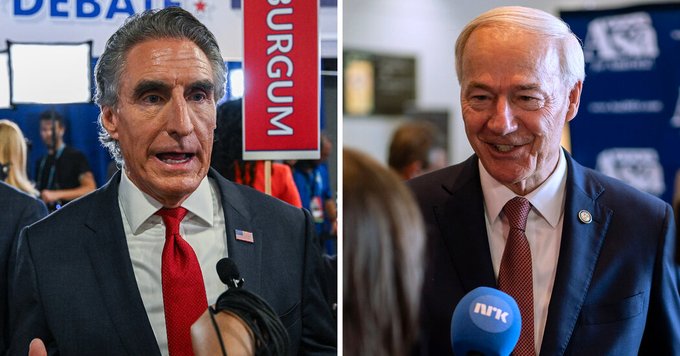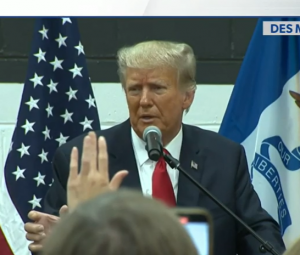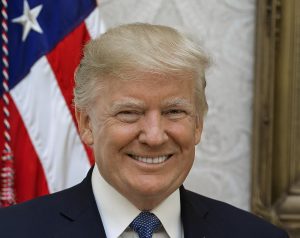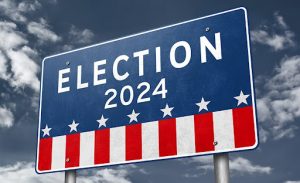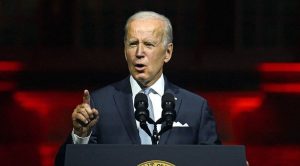As the second GOP debate approaches, Doug Burgum and Asa Hutchinson face the challenge of securing a spot on stage.
Also read | Nikki Haley sees popularity surge after strong performance at first GOP debate
With the second Republican presidential debate on the horizon, the question on everyone’s mind is whether Doug Burgum of North Dakota and former Arkansas Governor Asa Hutchinson, both considered long-shot candidates, will make the cut. Last month, they managed to eke their way into the first debate, but this time around, they face higher qualification thresholds and mounting pressure to exit the crowded race.
The obstacle facing Burgum and Hutchinson is their persistently low polling numbers, both nationally and in early nominating states. These numbers are crucial determinants for eligibility set by the Republican National Committee (RNC). The upcoming debate is scheduled at the Ronald Reagan Presidential Library in Simi Valley, California, and boasts a more stringent qualification process than its predecessor.
Notably, the frontrunner for the Republican nomination, former President Donald J. Trump, intends to skip the debate, instead opting to address striking union autoworkers in Michigan. This decision has intensified calls from some of Trump’s harshest critics within the GOP for lower-tier candidates to exit the race and rally support behind a more viable alternative to the former president.
While Lance Trover, a spokesman for the Burgum campaign, remains optimistic about their chances, the Hutchinson campaign has not yet responded to inquiries. The RNC spokesperson, Emma Vaughn, confirmed that candidates have until 48 hours before the debate to meet the qualifying criteria but provided no specifics on those who have already secured their spots.
For this debate, candidates must secure at least 3 percent support in two national polls recognized by the RNC, a notable increase from the 1 percent threshold for the first debate. Alternatively, they can combine one national poll with polls from early nominating states, including Iowa, New Hampshire, Nevada, and South Carolina.
Recognizing the significance of early nominating states, Trover mentioned their plan to employ video text messages to target Republicans and conservative-leaning independents, mirroring a strategy used by a super PAC supporting Governor Ron DeSantis of Florida.
Burgum, a former software executive, is leveraging his financial resources, investing heavily in television advertising to introduce himself to Republican voters. As of now, six Republicans are seemingly meeting the national polling requirement, including Trump, DeSantis, Vivek Ramaswamy, Nikki Haley, Mike Pence, and Chris Christie.
Also read | Who is Dana Perino, moderator for second GOP debate?
While the road to the second Republican debate appears uncertain for Burgum and Hutchinson, the evolving dynamics of the GOP race continue to capture the nation’s attention as candidates navigate the ever-shifting political landscape.

